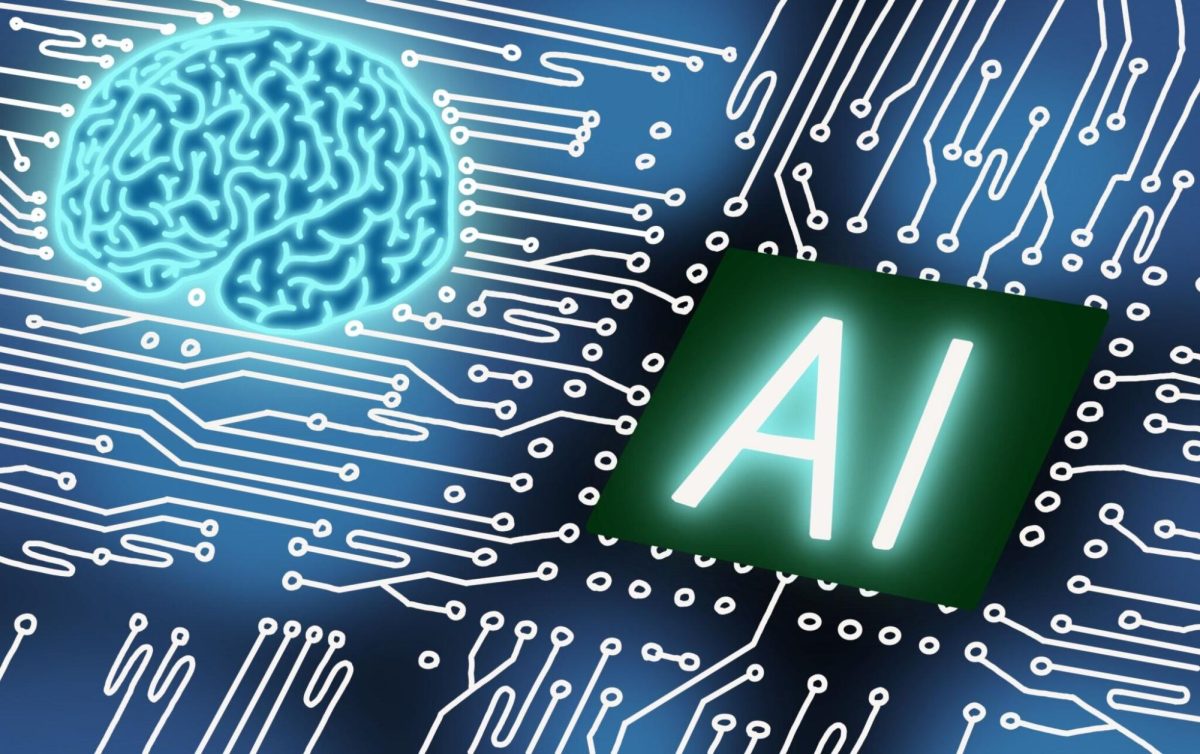Back when the term “Artificial Intelligence” was first coined by a computer scientist John McCarthy in 1956, AI was still in its infancy. Today, it is evolving at a mind-boggling pace, redefining the framework for technological breakthroughs. However, the leap from rudimentary chess programs solving mates to advanced generative models like ChatGPT would not have been possible without the critical bedrock: AI chips.
An AI chip is a small device consisting of millions and billions of transistors that switch between on (1) and off (0). Unlike traditional CPUs, these chips are specifically designed to train advanced AI systems, requiring vast data processing at significantly higher speeds.
As demand for computational power surges, many conglomerates in the tech industry have shifted towards manufacturing chips. Nvidia, the leading powerhouse of GPUs, used to render images and videos, recently developed chips such as H100 and A100, performing trillions of calculations per second. These chips offer parallel computations with enhanced architectures, which are important for large-scale AI tasks in machine learning, deep learning and generative models.
Google, another competitor, has released a quantum processor named Willow, breaking the boundary of chip innovation. Leveraging the new quantum technology, Willow’s computational power is unimaginable. It could solve the world’s most complicated calculation in under five minutes, whereas the fastest classical supercomputer would take septillion years to achieve.
Although Willow is yet to be commercially viable, it is a game changer in chipmaking.
Due to improved efficiency in computing, “these semiconductors have helped many industries like healthcare” advancing medical diagnostics and imperative treatments, Hazem Saleh, Instructor of Computer Science.
However, there are drawbacks to these modern chips.
“One of the major drawbacks these modern chips have is that they require rare materials and complex processes, which can cause shortages, high costs, and more consumption for resources”, noted Saleh.
Many companies tend to accelerate chip development often at the expense of environmental concerns. Since chips consume an intensive amount of electric power, they rely heavily on fossil fuels and rare Earth metals for energy sources, leading to pollutant emissions and resource depletion.
Samuel Rhinehart, Instructor of Engineering, stated that “its harmful environmental impact is a detriment that needs to be addressed.”
Besides ethical concerns, AI chips could pose a huge threat to the economy.
“We are investing a lot of money into something that has not shown to actually have the definitive benefits,” said History and Economic Instructor Dylan Jennings.
Indeed, chips are expensive to design and remain inaccessible to many. An H100 chip from Nvidia could cost around $27,000 to $40,000. Such prices, reflecting upfront costs, present a huge barrier for start-up firms to arise in the field.
While AI chips offer monumental potential, their drawbacks still overshadow their benefits. Their high infrastructure costs and low sustainability make them far from being consumer friendly. Currently, the lack of solutions to tackle these issues poses a major obstacle to AI advancement. At the very least, stricter regulations are needed to ensure societal benefit as the priority rather than profit-driven production.

























